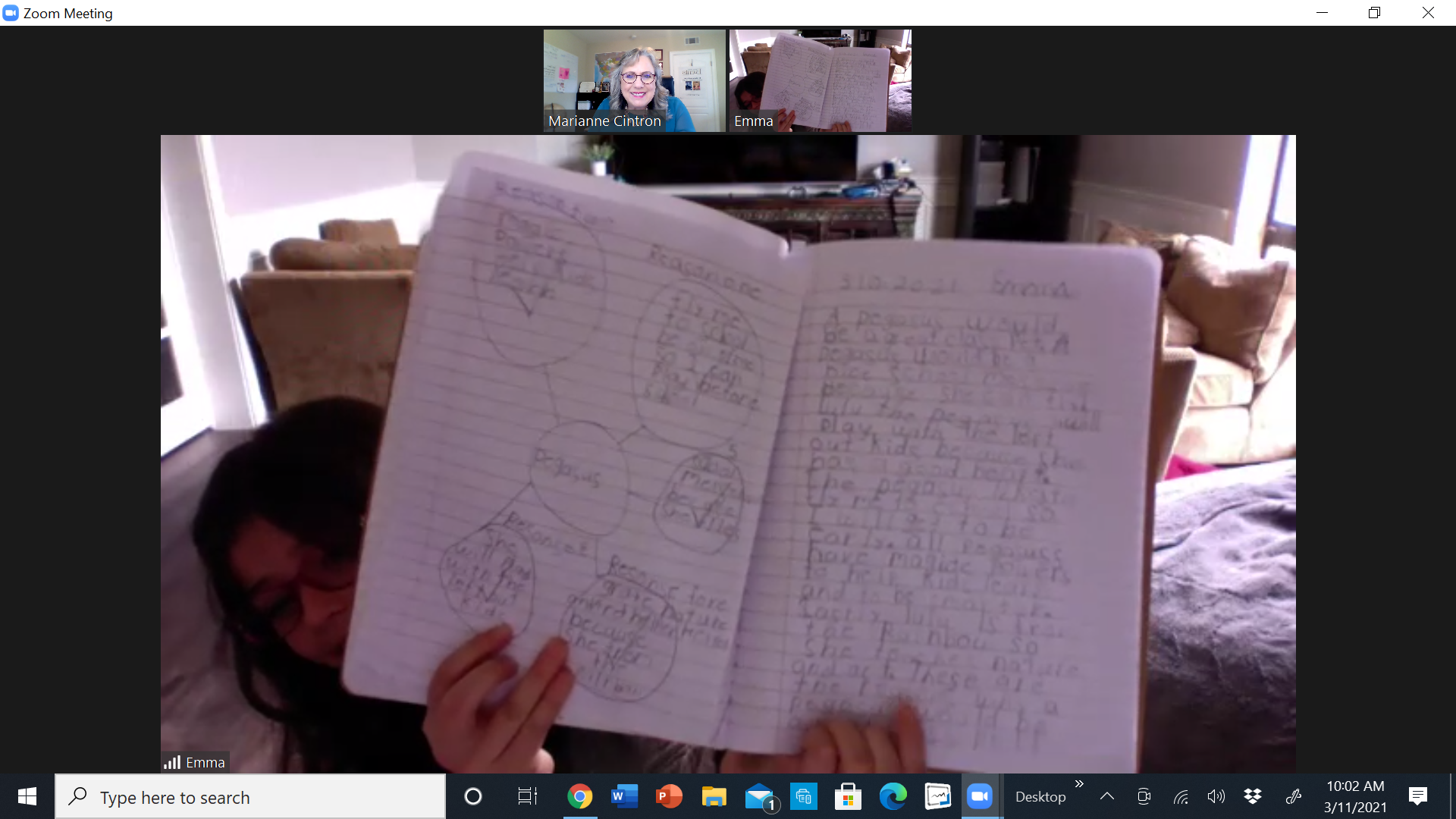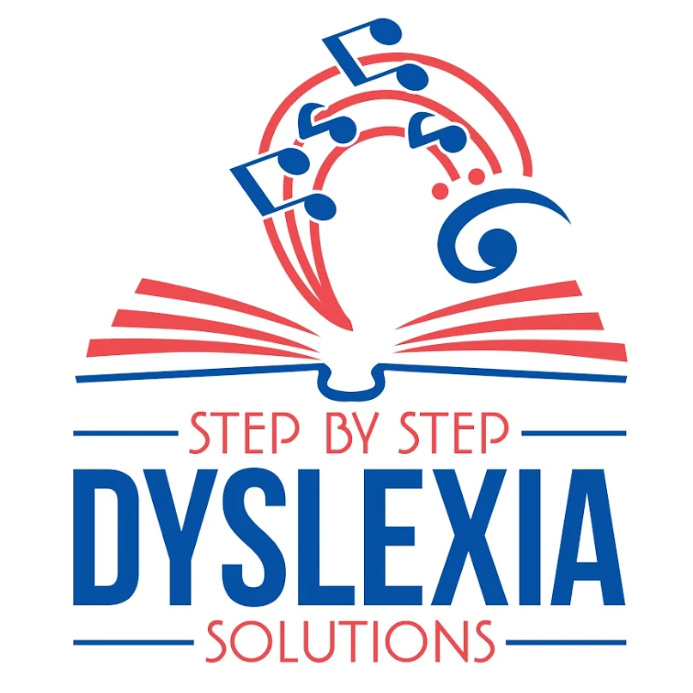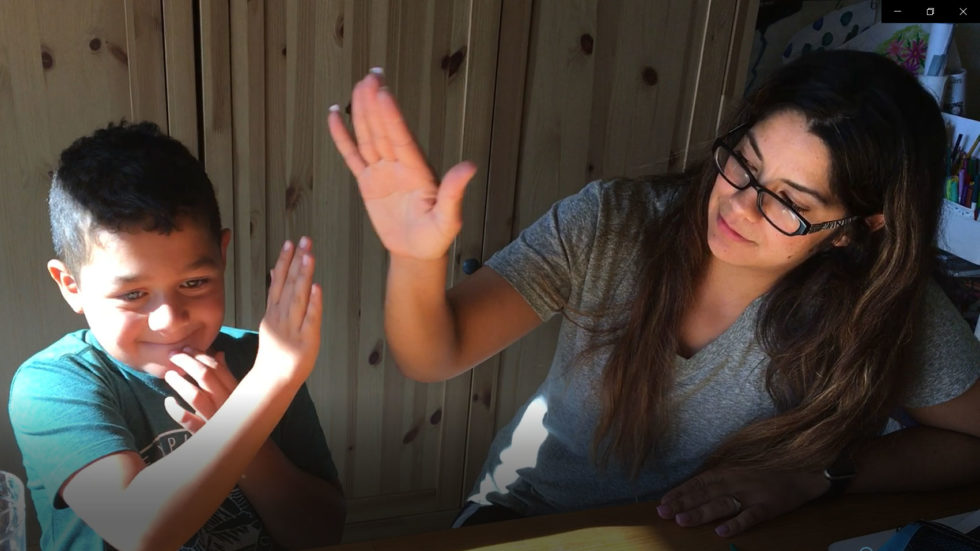The Creative Brilliance of Dyslexia – Prisms of Brilliance, Not Prisons of Pain… By Dr. Marianne Cintron
DYSLEXIC GENIUS

Understanding Dyslexia
Contrary to popular belief, some popular and highly successful people find it difficult to read and write. In fact, a staggering 35% of U.S entrepreneurs suffer from dyslexia, compared to 20% in the U.K. [1] This difficulty in basic spoken and written language is called dyslexia. However, it is time to stop thinking of dyslexia as a disability but as a genetic difference in brain neurobiology that causes difficulty in reading, writing, and spelling.
Many would think of dyslexia as a disability in some circumstances, but in reality, it is just a difference in learning that comes along with numerous strengths that often goes unrecognized. Essentially, being dyslexic isn’t a true reflection of intelligence. In fact, many people with dyslexia rise to the very top of their field in entrepreneurship, architecture, engineering and arts. [2]

Prisms of Brilliance and Creativity of the Dyslexic Mind
There’s a common feature between one of Hollywood’s brightest star – Tom Cruise, one of the most successful entrepreneurs – Steve Jobs, and England’s Prime Minister – Winston Churchill; they were dyslexic. Historically, some of the greatest minds and talents have dyslexia but regardless of their difficulty in reading and writing, they still left an indelible mark of brilliance.
People with dyslexia can be excellent problem-solvers. This may be the reason why most people with dyslexia struggle in high school but make successful entrepreneurs in the business world. In fact, a study conducted by the Tulip Financial Group (2003) of N=300 UK millionaires found that 40% were dyslexic [3] in a study reported in the media.[4

Most high-performing people with dyslexia often exhibit traits of intelligence, creative thinking, and problem-solving skills. Some studies have shown the link between dyslexia and creativity. [5, 6] A study by Cancer et. al., (2016) showed that dyslexic students in junior high school outperformed their non-dyslexic counterparts in creativity tests. The study concluded that despite the negativity surrounding dyslexia, it does involve very useful creative traits.
Dyslexic people often adopt a holist (preferring to know the end result, then how to get there) and a creative approach to thinking rather than being linear (small parts of a project to a whole project). Although processing fine details and memorizing facts in the classroom may not be their strong suit, dyslexic people are often creative and artistically gifted in integrating personal experiences with acquired knowledge to develop new ideas. Because of their increased dependence on the right hemisphere of the brain, they possess great visual thinking and an intuitive sense of spatial organization.
The Need To Support Dyslexic Children
Mind-boggling statistics from research findings indicate that the high school drop-out rate of dyslexics can be as high as 35%, twice as the national average high school drop out of many countries. [7, 8, 9] and in the United States, 27% of the high school drop-outs have learning disabilities. [10] These research findings should be enough reason for parents and teachers to support dyslexic children and significantly reduce the drop-out rates of children battling with dyslexia.
Just as every human does, children with dyslexia deserve a lot of support from their environment (school or home). A dyslexia diagnosis doesn’t mean your child will never learn to read, spell or write as the case may be. Of course, research has proven that there are series of programs available to teach your dyslexic child.
Supporting Dyslexic Children at Home
As parents you can only do your best to support your dyslexic child’s learning by employing the tips below:
- Encourage reading by asking relevant academic questions
- Make learning fun and quality time spent together by nurturing thinking skills thereby making your child curious
- Help your child manage academic works by breaking them into bits so as to lessen the load
- Make them get their deserved positive impression and self-image
- Encourage your child to tackle works independently
- It is natural for a teacher always recall what is being taught. In respect to this, have your child teach it to you
- Praise and reward from you means a lot to a dyslexic child
- Create a daily target for your child
- Make a study calendar
- Allow dyslexic children get enough rest, it helps them comprehend better.
Supporting Dyslexic Children at School
- Treat dyslexia early: It has been proven that the best chance to fight dyslexia is at a younger age. Screen every child for dyslexia early
- Make use of spell-check functions in the classroom. This helps the children focus more on reading and writing, thereby developing their spell ability indirectly
- Encourage repetition of each paragraph for better comprehension
- Make text bold and well-spaced on worksheet
- Leverage colored backgrounds while teaching
However, the best way to support children with dyslexia is to build their confidence. This can be done by encouraging those activities they like and feels good at, this includes dancing, joining a sport team, singing and many more.
As the parent or teacher of a dyslexic child, always focus on developing the strength of the child. Pay attention to correct dyslexia as well as focus more on nurturing the child’s creative mind. Studies of individuals who go on to become millionaires have shown that the proportion of dyslexic people among them is four times the proportion of the general population.[11] Although children with dyslexia may struggle in the classroom, if given the needed support, they often grow into gifted scientists, inventors, creative artists, and entrepreneurs. With the right teaching and learning techniques, there is no reason why a dyslexic child can’t achieve their full potential.
Overcoming Shyness – Dyslexic People Who Aren’t Shy
As a result of poor management of dyslexia, students struggling with it may end up being shy and have low self-esteem, hiding their gifts. To overcome shyness, parents, teachers and dyslexic people can draw confidence from dyslexic people who aren’t as shy they are. Some great examples range from billionaire businessmen (Sir. Richard Branson, Ingvar Kampard), film stars (Tom Cruise, Henry Winkler), top politicians (Winston Churchill, George Patton), notable inventors (Alexander Graham Bell, Thomas Edison), creative artists (Leonardo da Vinci, Pablo Picasso), scientists (Steve Jobs, Albert Einstein), Sports people (Tim Tebow, Muhammad Ali, Sir Steven Redgrave), and writers (Agatha Christie, Benjamin Zephaniah, Patricia Pollacco Erin Brockovich). [12]
As you can see, there are numerous persons out there who you probably never knew had dyslexia, yet they are successful in their professional careers. Your child too can be like them if only he/she can believe in himself and overcome shyness. Remember, dyslexia isn’t a disability – it is an advantage and opportunity for you to embody the prisms of brilliance and creativity of the dyslexic mind.

